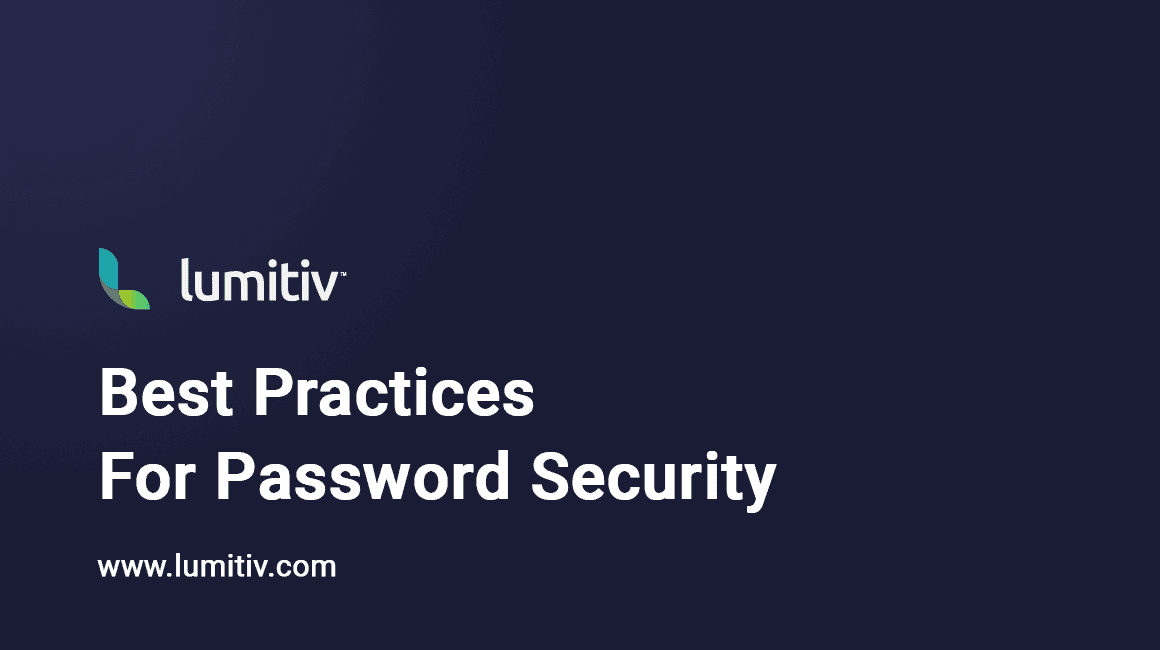In the era of increased online activity, password security plays a pivotal role in safeguarding personal and professional data. The proliferation of cyberattacks highlights the necessity for secure and unique passwords. This guide walks you through the essential best practices for creating and managing secure passwords.
Understand the Importance of Strong Passwords
Passwords act as the first line of defense against unauthorized access to your digital data. Cybercriminals employ numerous strategies to crack passwords, including brute force attacks, where they attempt all possible password combinations, and dictionary attacks, which try common words and phrases. By using a robust, complex password, you significantly increase the time and resources required for these attacks to succeed, thus protecting your information better.
Create Robust and Complex Passwords
When crafting a password, strive for complexity and length. A strong password is typically at least 12 characters long and includes a mix of uppercase and lowercase letters, numbers, and special characters like punctuation marks. Refrain from using easily accessible personal information such as names, birthdates, or social security numbers. Similarly, avoid common words or predictable sequences like “123456” or “password,” as these can be easily guessed or deciphered by password cracking tools.
Use a Different Password for Each Account
While it might seem convenient to use the same password across multiple accounts, this practice leaves you vulnerable. If a hacker compromises one account, they can easily gain access to the others. Maintain a unique password for each of your online accounts to limit the potential damage from a single breach.
Implement Two-Factor Authentication (2FA)
Two-factor authentication serves as an additional layer of security. Once you input your password, the system will require a second piece of information before granting access. This could be a unique code sent to your phone, a fingerprint scan, or a facial recognition prompt. This dual verification process helps protect your account even if your password is compromised.
Beware of Phishing Attempts
Phishing attempts are malicious endeavors where cybercriminals trick you into revealing your passwords. This usually involves sending an email disguised as a legitimate request for personal information. Be cautious about such emails and never provide your password in response to an email request. Always check the sender’s details and the email’s content for signs of phishing.
Regularly Update Your Passwords
Regular password updates can help keep your accounts secure. Consider changing your passwords every three months or so, and always create a completely new password rather than modifying an existing one. Remember to avoid recycling old passwords.
Use a Password Manager
Memorizing multiple complex passwords is a daunting task. This is where password managers come in handy. These tools securely store your passwords and auto-fill them when logging into your accounts. They can also generate and store strong, unique passwords on your behalf, eliminating the struggle of creating and remembering secure passwords.
Avoid Sharing Your Passwords
It’s crucial not to share your passwords, even with people you trust, as this can inadvertently lead to data leaks. If you must share, use a secure method, such as the password sharing feature found in many password managers, which allows access without revealing the password itself.
By adhering to these best practices, you can significantly bolster the security of your online accounts, providing robust protection for your valuable digital data.

